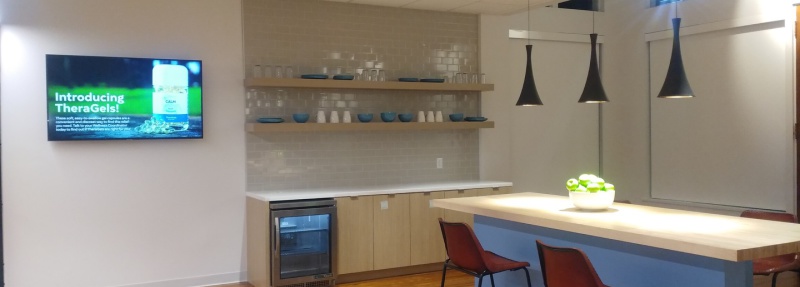
Welcome architects and professional builders. The following information will list the order of operations for planning and scheduling interior polished concrete floors:
If the floor is to be scored or ground to expose aggregate, that should happen before framing. Staining, polishing and sealing should happen after the house is 100% dried-in, but before installing drywall. If using foam insulation, schedule floor and covering beforehand (that stuff sticks to concrete well enough to require grinding to remove). Final polish should be scheduled amid the final cleaning.
Concrete placement and mix design tips:
With woodworking, there are framers and there are trim-carpenters, these are two very different workmen. Concrete is no different: placement contractors and concrete polishers are very different.
Just as a trim carpenter doesn't ask much of the framer to finish well, we can work with what we are given. For interior floors with our standard finish, there is nothing special to request.
Talk to your concrete placement team: if they are comfortable with high-performance installations, (low water mixes with plasticizers over plastic with spray-on finishing aids, etc.) that’s great. However, if they place great slabs without all of that, let them do what they know best. Order a more cement-rich mix for the cap of the interior slab; beams may be placed per engineering plan, and a five or six-sack mix will set the finishers up for a prettier floor. If placing in cool weather use FritzPack NCA (Non-Chloride Accelerator) available locally.
Consider engaging us to work with your placement contractor for pattern stamping, white polished concrete floors, or anything else that requires a high attention to detail.
Framing, drywall, texture, paint, trim, and painting:
-
Let the framer know that oily or acidic solutions can penetrate untreated concrete and adversely affect how it takes stain. Post signs to prevent spilled cokes, coffees, etc. Use blue chalk and pencil only. Clean up unneeded lines with a wet rag followed by a dry rag promptly. Do not Ram-set into concrete for bracing where it will be seen. Slab should be swept daily. Plywood, stacked lumber, sawdust, insulation board, pressboard, polyethylene (plastic) can draw moisture from slab and cause patterned water stains to slab. Wall plates for doorways and cased openings need to be cut out promptly.
-
For the cleanest site, install covering over our covering before tape, float and texture that can be discarded after their work.
-
Let the trim carpenter know to install on the paper along the edge. We cover with Ram Board in the middle and staple thin paper to the framing so the drywall and trim can be installed with the floor covering intact and the paper can serve as masking for the painter. LEAVE THE PAPER OR STAPLE NEW PAPER TO THE DRYWALL BEFORE INSTALLING TRIM SO THE PAINTER HAS MASKING UNDER THE TRIM WITHOUT TAPING.
-
Remind the painter to NOT TAPE TO THE FINISHED FLOOR. See the 3 previous points. If these are missed; note that this finish is very hard to damage with anything other than tape. Paint easily cleans off of it. If given no other option, use a spray shield and a rag with solvent to fix mistakes.
*Excerpts taken from:
https://www.element7concrete.com/info-for-builders/
